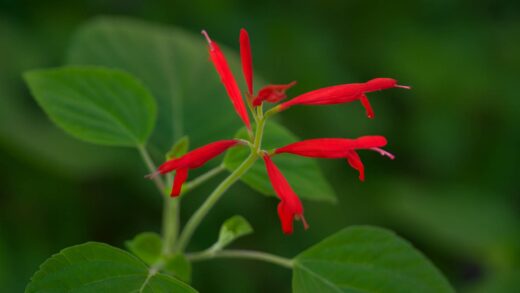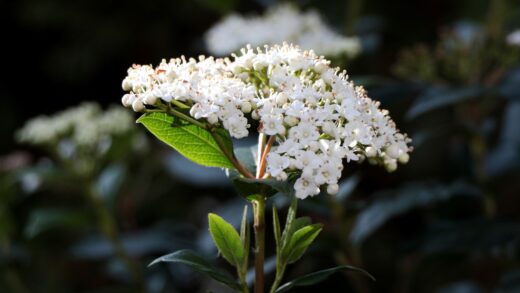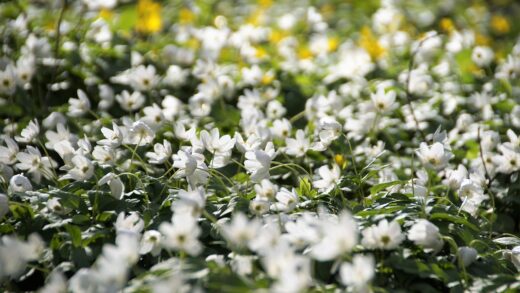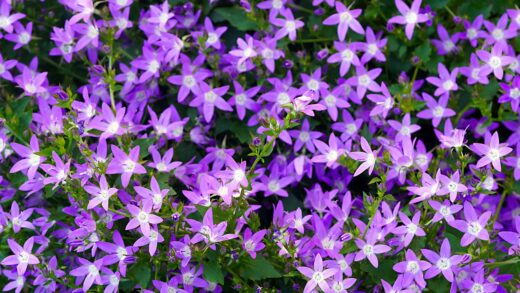Phalaenopsis orchids, commonly known as moth orchids, are among the most popular houseplants in the world, which is no wonder, as with proper care, they reward us with spectacular flowering that lasts for months. One of the most critical points for the successful cultivation of these plants is mastering the correct watering technique, which is fundamentally different from the water supply of most traditional potted plants. Overwatering is the most common cause of death for moth orchids, so it is essential to understand the unique water balance and needs of these tropical wonders. The correct practice not only serves to keep the plant alive but also promotes healthy root and leaf development, as well as abundant and long-lasting flowering. In the following, we will detail the professional techniques and principles that can help anyone become a master of moth orchid care.
The watering frequency for moth orchids cannot be determined by a calendar on a strict schedule, as it is influenced by numerous factors such as environmental humidity, temperature, light conditions, and the type of growing medium used. The golden rule is to let the medium dry out almost completely between two waterings. This is easiest to check by observing the color of the roots: healthy, moist roots are a vibrant green, while dry ones turn a silvery-white color. When most of the visible roots in the pot have turned silvery, it is time to water, but you can also gain experience about the moisture content of the medium by lifting the pot to feel its weight.
The most proven and safest method of watering is the soaking technique. This involves placing the plant’s pot in a container of water or the sink and allowing the roots and the growing medium to thoroughly soak up water for about 15-30 minutes. It is important that the water does not touch the base of the plant’s leaves or the crown, as this can lead to crown rot. After the soaking time has elapsed, it is essential to let all excess water drain completely from the pot before placing the plant back into its decorative pot, as standing water will cause the roots to rot. Never let an orchid sit in water.
The quality of the water is also a crucial factor in maintaining the health of moth orchids. Ideally, use soft water such as rainwater, distilled water, or reverse osmosis water, as the mineral salts found in tap water, especially calcium and magnesium, can build up on the roots and in the growing medium. This salt accumulation can damage the sensitive root system and inhibit water and nutrient uptake. If only hard tap water is available, it is advisable to let it sit for at least 24 hours before watering, or to flush the medium with clean, soft water once a month to wash out the accumulated salts.
The role of the natural habitat in water balance
For the successful care of moth orchids, it is essential to understand that these plants lead an epiphytic lifestyle in nature, meaning they live on other trees, attached to their bark, rather than in the soil. In their native habitat in the tropical rainforests of Southeast Asia, their roots hang freely in the air, drawing the necessary moisture from the high humidity and frequent but brief downpours. This environment provides them with the vital condition that their roots can dry quickly after moisture absorption, thanks to constant air movement. In home conditions, we must mimic this cycle: a thorough, deep watering, followed by a longer, dry period.
More articles on this topic
The roots of epiphytic orchids are covered by a special, spongy layer called the velamen radicum, which plays a key role in water and nutrient absorption. This whitish-silvery coating can quickly absorb moisture from the environment, whether it be rainwater or humidity, and store it for the plant. When the velamen becomes saturated with water, it turns translucent, revealing the green, photosynthesizing chlorophyll underneath, which also serves as an excellent indicator of the plant’s hydration status. The velamen also protects the roots from mechanical damage and strong sunlight.
The high humidity characteristic of the tropical climate allows moth orchids to absorb moisture from the air, reducing the need to keep the roots constantly wet. Frequent, heavy rains wash away dust and debris from the roots while delivering fresh oxygen and nutrients to them. However, in the period between rains, the wind filtering through the tree canopies quickly dries the roots, preventing the development of fungal and bacterial infections. This is why ensuring good air circulation around potted orchids is also crucial.
Therefore, when imitating the natural environment, we must pay attention not only to watering but also to the selection of the appropriate growing medium and air movement. A loose, chunky medium made of pine bark or coconut chips allows for free air circulation around the roots and prevents excessive water retention, modeling the attachment to tree bark. A well-ventilated location and avoiding stagnant water in the decorative pot together create the ideal conditions necessary for the healthy development and flowering of the moth orchid.
Environmental factors and the watering strategy
The water requirement of a moth orchid is dynamically influenced by environmental conditions, so the watering routine must be constantly adjusted to changes. Temperature and light intensity have a direct impact on the plant’s metabolism and transpiration. During warmer, sunnier periods, such as the spring and summer months, the orchid grows more actively and transpires more water through its leaves, thus requiring more frequent watering. In contrast, during the cooler, low-light winter period, the plant enters a dormant state, its life processes slow down, its water requirement decreases significantly, and a longer drying time must be allowed between waterings.
More articles on this topic
Air humidity is another critical factor that determines how quickly the growing medium and the plant itself dry out. The dry air in centrally heated homes increases transpiration, i.e., the plant’s water loss, which necessitates more frequent watering. Increasing humidity, for example by using a humidifier or placing the plant on a tray filled with pebbles and water, can help create a more favorable microclimate. Higher humidity reduces the plant’s water loss, so it needs to be watered less often, and also contributes to maintaining the health of the aerial roots.
The type of growing medium fundamentally determines the water balance of the root zone, so the watering strategy must always be adapted to the specific medium. The most commonly used large-chunk pine bark has a loose structure, excellent ventilation, and dries quickly, so orchids kept in this medium need to be watered more frequently. In contrast, sphagnum moss can retain much more water and stays moist for a longer time, thus predisposing it to overwatering and requiring less frequent water supply. Coconut coir or clay pebbles also have different water retention capacities, so a change in medium always requires a review of watering habits.
The material and size of the pot also affect the rate of drying. Traditional clay pots also evaporate water through their porous walls, so the medium inside them dries faster than in the more common plastic pots. The transparent plastic pots ideal for moth orchids not only aid in the roots’ photosynthesis but also allow for visual inspection of the root system and the moisture content of the medium, which is a huge help in determining the correct watering time. The medium in a larger pot dries out more slowly than in a smaller pot, which must also be taken into account.
Common watering mistakes and their solutions
The most common and fatal mistake made in the care of moth orchids is overwatering, the symptoms of which can often be deceptive. Due to excessive water supply, the roots are constantly in a wet medium, do not get enough oxygen, and begin to rot, leading to the slow death of the plant. Rotting roots become limp, brown, or black, and can be easily pulled off the inner, harder core. Signs of overwatering on the plant can include the yellowing and dropping of lower leaves and the drying of flower buds, as the damaged root system can no longer properly supply the plant with water and nutrients.
In contrast, the signs of underwatering are easier to recognize and the problem is generally easier to remedy. The roots of an orchid suffering from chronic water shortage become wrinkled, feel dry to the touch, and remain silvery-gray even after watering, while the leaves lose their turgor, becoming limp, leathery, and wrinkled. Growth slows down or stops completely, and the plant does not produce a new flower spike. An underwatered plant can be revived with a thorough, prolonged soaking, taking care to allow the roots to dry out again afterwards to avoid the shock of sudden overwatering.
Regular watering with tap water can, in the long run, lead to the accumulation of mineral salts in the growing medium and on the roots, which appears as a white, crusty layer. This salt deposit can chemically burn the sensitive root tips, impairing the plant’s ability to absorb water and nutrients, which can lead to stunted growth and browning of the leaf tips. To prevent this, it is recommended to thoroughly flush the growing medium once a month with clean, soft water (rainwater, distilled water). This process helps to wash out excess salts, refreshing the root environment.
Special attention must be paid to watering during the different life stages of the plant. During flowering, the water requirement of the moth orchid may increase slightly, as maintaining the flowers requires a lot of energy and water, so regular but not excessive watering is important. The period after repotting is also critical: a plant placed in a new medium should only be watered moderately in the first few weeks to encourage the growth of new roots and to avoid rot in damaged roots. Patience and observation are key, as each plant is unique, and its care must be adapted to its own signals.


















